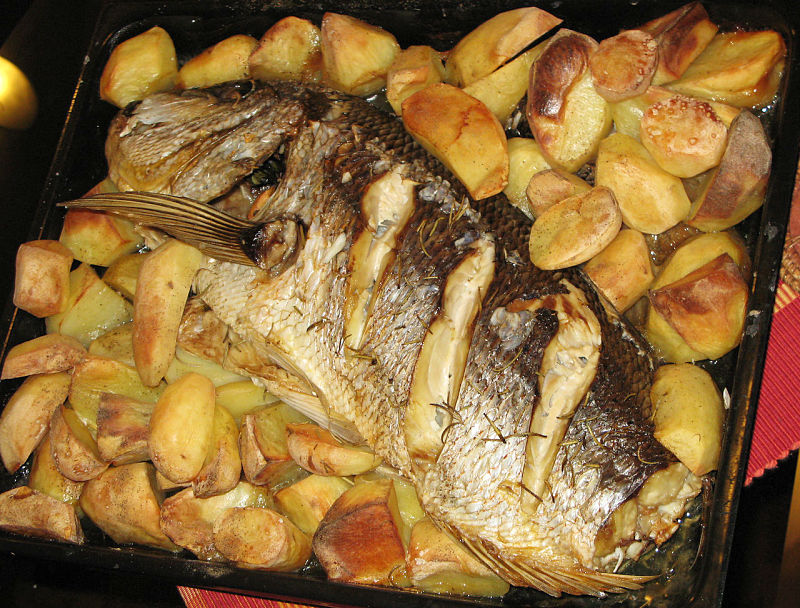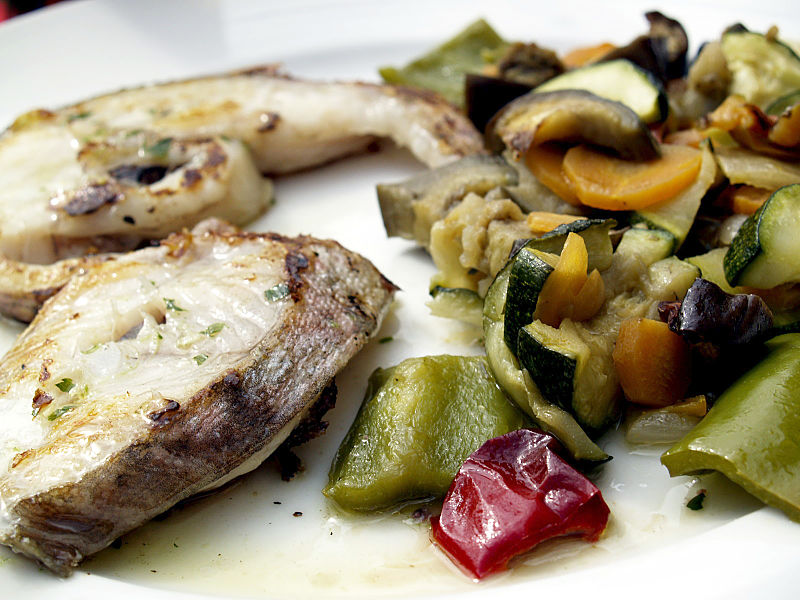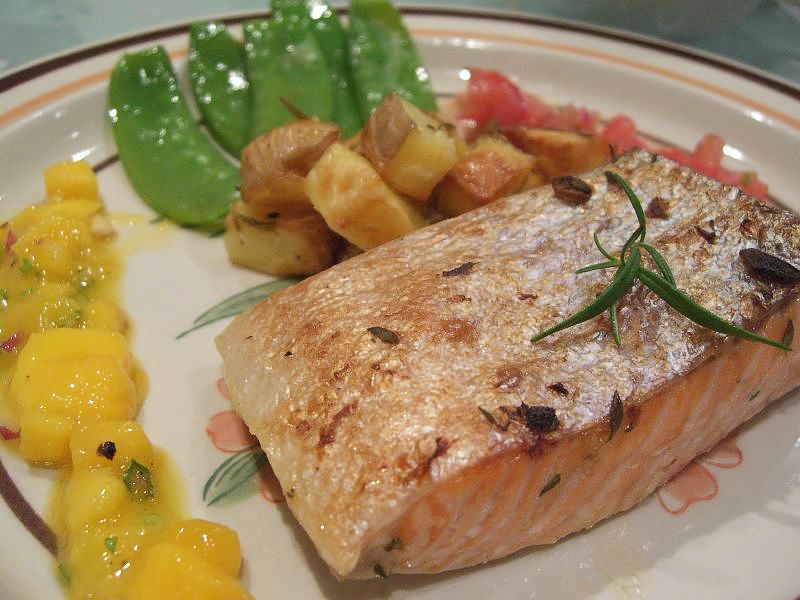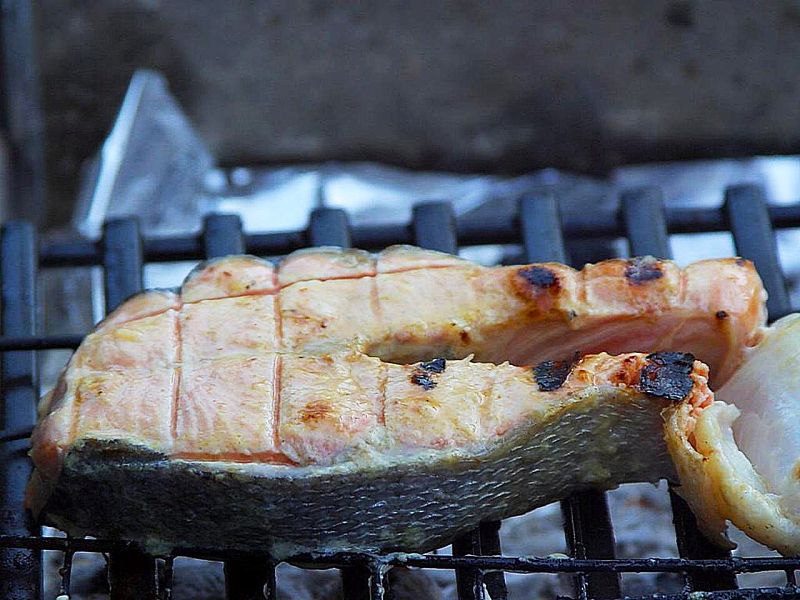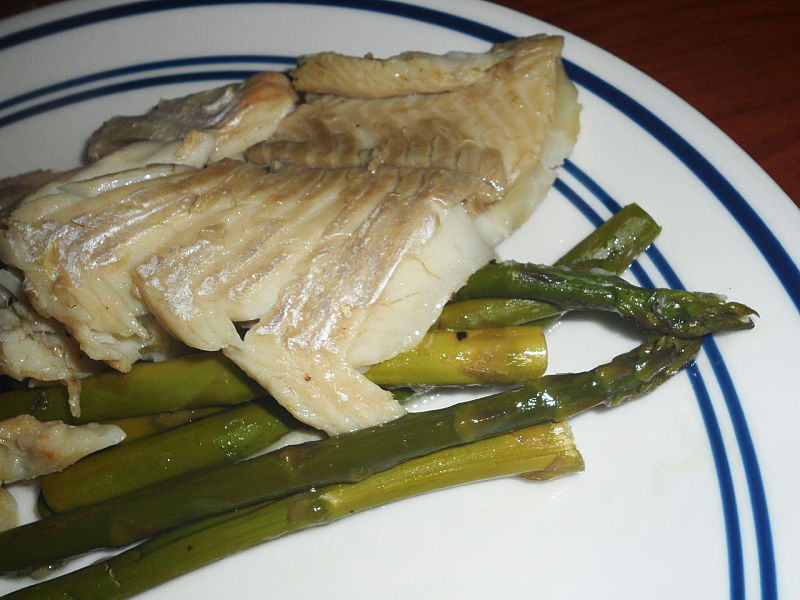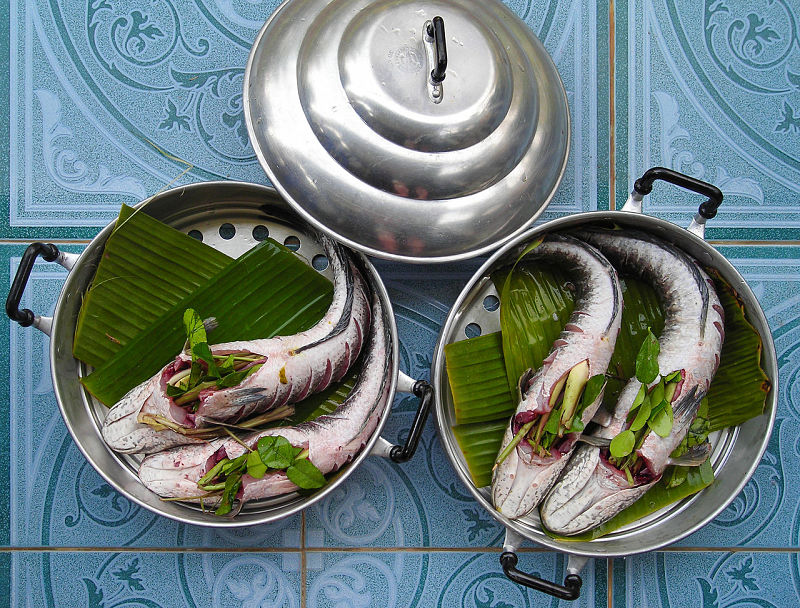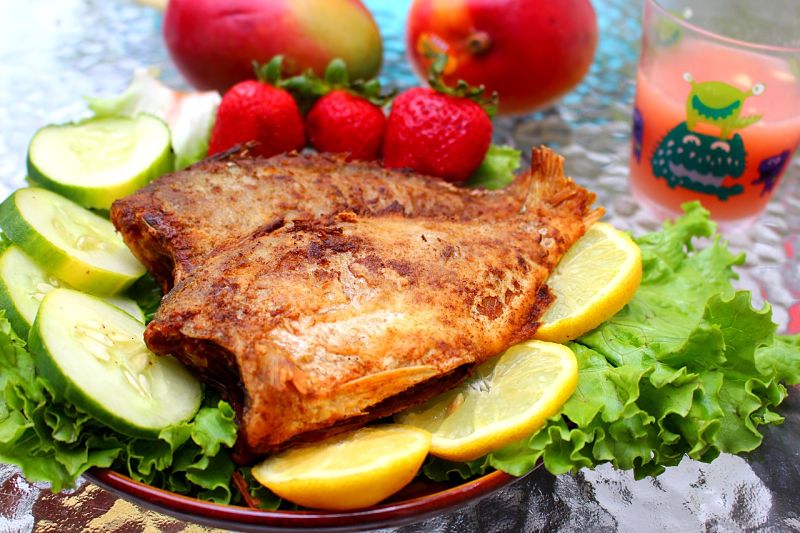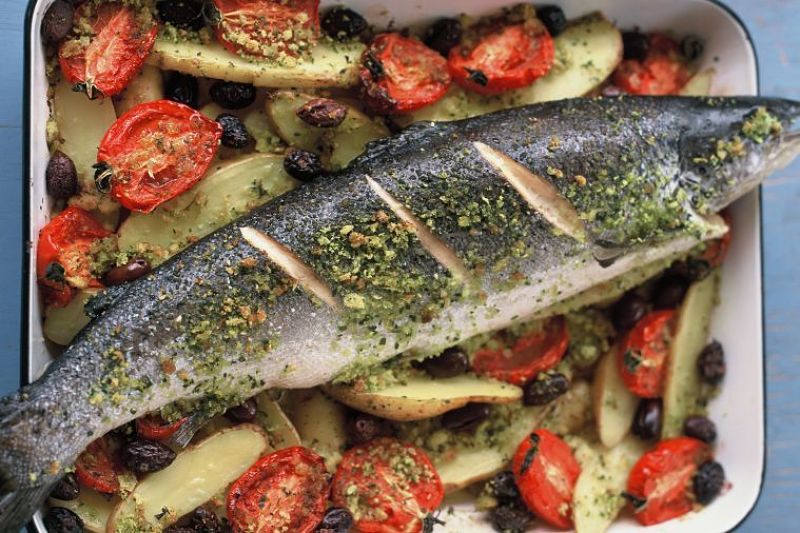Easiest and Best Way to Cook Fish - Defeat Your Fear of Cooking Fish
Fresh fish is one of the healthiest sources of protein, especially wild caught fish. However, it is seldom cooked by many people at home. Yet, many people love to order fish and seafood at restaurants and as take a way food. People, enjoy the classic 'fish and chips', but seldom make their own at home.
Why do people fear cooking fish?
This article explores the reasons why, and how to overcome this fear. It includes some tips and tricks for buying fresh fish, for preparing and handling fish and the best way to cook fish. Try this method to overcome your fear.
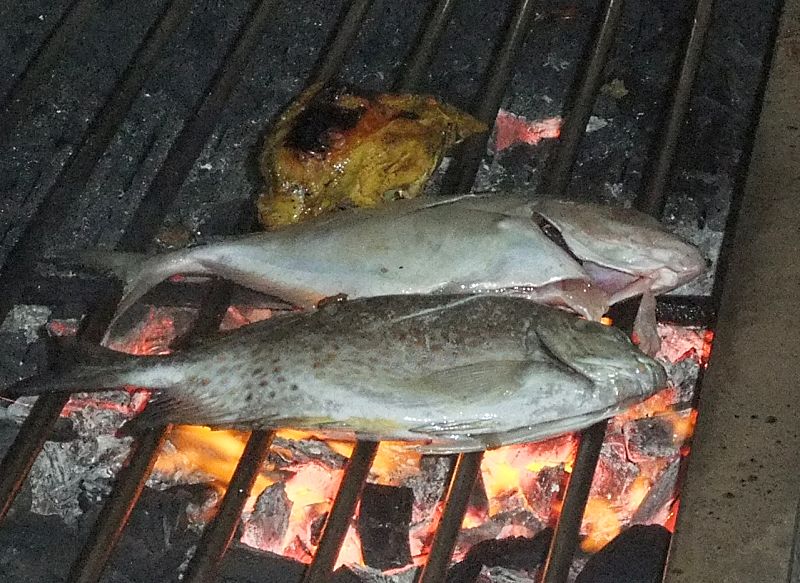
Presentation of Fish in the Fish Market
The first problem with fish is the way it is displayed in the fish market. Often whole fish are displayed. Sometimes the fish on display have not been cleaned or scaled. This is equivalent to going into a butchers shop and buying a whole lamb or sheep and having to take it home, skin it, clean it and prepare it for cooking. Fortunately, many modern fish markets now have fish fillets, fish cutlets and large whole pieces of cleaned and prepared fish on display. This is the best option.
Find a supplier of fish that does all the messy work for you can buy fish fillets, cutlets, whole pieces of fish or a properly cleaned whole fish.
Freezing Fish and Thawing Frozen Fish
Try not to buy frozen fish as you do not know its origins and what it will be like when thawed.
Try to get fresh fish that has not been frozen and thawed, but this may be virtually impossible except and specialist fish markets. Fresh fish is the secret of great fish dishes and enjoyment of fish.
While many fish suppliers will have had the fish supplied to them frozen, and they will have thawed it out for you, it is better that they do the thawing. Do not refreeze fish, but use it within one of two days. This keeps the smell of fish out of the refrigerator, which many people dislike.
Thawing frozen fish in a microwave, using hot water or on the bench at room temperature can be a disaster. The fish may end up mushy and, watery.
Fish thawed at room temperature may be risky for food poisoning because freezing does not kill bacteria and pathogens.
Warming the fish may mean that these pathogens and harmful bacteria may start to multiply rapidly.
The best way to thaw fish is to put the wrapped, frozen fish on a plate, in a tray or in a plastic container and to leave it on a shelf in the main part of the refrigerator for 18-24 hours before use.
The Best Way to Freeze Fish
If you catch a really good fish or buy a fresh fish and want to freeze it, start by cleaning the fish and dividing into portions suitable for each meal.
If you intend to cook a whole fish, then clean it first, scale it and wash it thoroughly inside and out.
Dry it with paper towels.
Protect the fish from freezer burn by tightly wrapping the fish or fish fillets, very firmly in plastic film.
Alternatively seal the fish portions in a vacuum bag, or zip-lock bags from which most of the air has been removed.
Another technique is to make a protective layer of hard ice on the outside of the fish by freezing the fillets, after dipping them into cold water. Return them to the freezer and freeze once again. Do this several times and you will have created a layer of hard ice on the outside of the fish, which stops the frozen fish and drying out in the freezer.
There are many ways to cook fish, but the simplest is the best of all - grilling or barbecuing fish on a fine open grate or on a corrugated griddle pan on the stove top.
The fish should be firm with skin intact, relatively thick and very fresh. Fish tends to break part when cooked and so the fine grate and griddle pan makes sure the fish is retained. Having an 'open' mesh below the fish allows the oil and moisture in the fish to be released. It also allows the flames and heat to quickly penetrate the fish.
The fish should be 'bare' with no covering of batter or crumbs - just the pure original fish. Once you master the simple methods and lose your fear, you can easily cook fish thi way.
This method works particularly well with relatively oily fish, but works well with drier fish as well. It won't work with soft fish or very thin fillets. It can also work well with small whole fish, provided the fish is not too thick.
Some of the other tips for cooking fish in this way are:
► Use rice bran, or grape seed oil very sparingly to grease the surface of the grill or griddle pan. These oils have a high smoke point temperature and so will not burn and taint the fish. They also have a neutral taste and so will not spoil the delicate taste of the fish.
► Leave the skin on as this helps keep the fish together as it cooks. You can remove it before serving the fish if you like.
► Season the fish with salt and pepper while it is being cooked. A sparing drizzle of soy sauce also works very well.
► Use any spices and flavors very sparingly. Tiny slivers of fresh ginger can be inserted into slits in the fish fillets or cutlets. But do so sparingly as you want the delicate flavor of the fish to shine through. Spices can quickly overpower the taste of the fish. Use spices in the sauces served with the fish to enhance the taste of the dish.
► This method of cooking fish is 'fool-proof' and 'fail safe'. There is so little than can go wrong. Frying fish requires meticulous attention to temperature. Batters and crumbed coatings are difficult to prepare and require artistic cooking methods to work reliably, every time. Cooking fish on a hot plate or frying the fish in a flat pan inevitably leaves the fish oily when cooked.
► Use a high temperature and turn the fish 2-4 times. Cook until nicely browned on the outside and just cooked in the center. Don't overcook the fish as this is the best way to ruin it.
► Start with this method, and then you will have the confidence to try some of the more elaborate ways of cooking fish. Baking and sheet pan cooking is the second best way to cook fish. Salmon is also very easy to prepare and cook once you know how.
